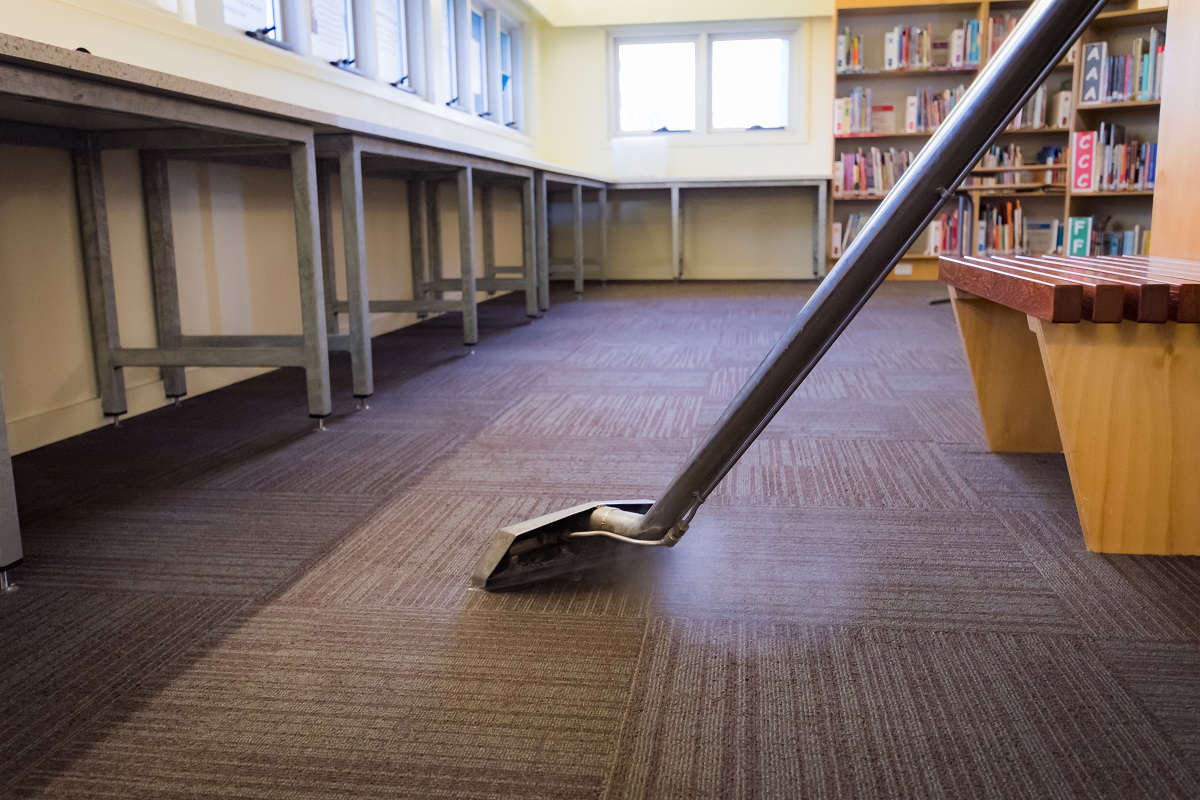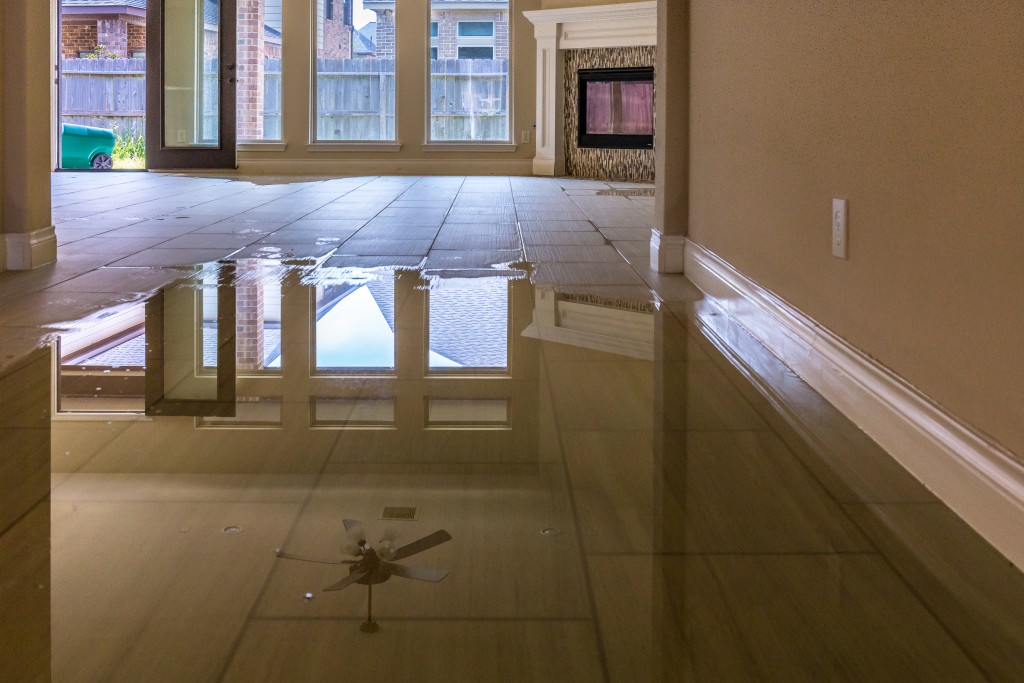Water damage is one of those issues in the house that can be a silent predator. It can be easy to ignore until the damage is much more apparent. Even then, water damage is hard to see from the surface. It may even seem like simply little annoyances if not closely inspected.
Thankfully, specialists across the country like in Denver, Colorado are experts at water restoration. They’ve devised effective solutions to solve any existing water damage issues while also preventing any new ones. They will also be able to assess if big foundational damage has been done. In the latter event, a contractor will be called.
It’s better to be safe and get a professional’s opinion if you suspect water damage. The signs and times you should be looking out for may already be happening under your nose.
Floods are a big culprit
Whether due to natural causes like a creek overflowing or heavy rain, to more isolated concerns like a leaky pipe, water getting into your drywall and flooring is never good. In areas where flooding is common or where humidity is high might have more cause to be susceptible to damage.
The very nature of homes is to keep water out, not in. So any excess moisture or exposure to water can cause weakness and discoloration among others.
Use all your senses
In the event of a big downpour or flooding, you’ll want to make even just a quick but thorough examination. Even on a regular basis, though, there are some clues you can pick up on that hint at water damage.
Firstly, you can usually see some staining. You will see this in corners or ceilings. Any odd stain should be examined since it is always an indicator of water. Secondly, you can smell it. Any moldy smell is likely the sign of mildew growth. As we all know, it takes a damp, cool, preferably dark environment to make mold and mildew thrive.
Thirdly, check for any dripping noise. This is obviously going to be a way to tell that you have a leak. But also, it will be a way to let you know if you have any openings or cracks that can let water in.
How to do the spot fixes

Again, a professional will be better equipped with tools to help you. But in the meantime, the biggest solution you can provide is to dry the area. Use fans directed at drywall or rooms with flooding. If it’s a relatively smaller space, use rags or towels to absorb most of the water. If you suspect humidity is the problem, place boxes of chalk and baking soda in an area to remove the excess moisture.
A dry area will stop the water damage from progressing further. But nevertheless, you should call a professional for help. They will most likely use heavy-duty humidifiers and fans to help remove as much water and moisture. They will also be able to restore affected areas.
If there are problems with larger spaces that can affect the structural integrity of an area, like a heavily-flooded crawl space, you can also call a contractor to help.
Water damage should not be an issue left to fester. If left on its own, it may cause bigger issues in the long run. When detected, do as much as you can and call the pros if things get out of hand.


